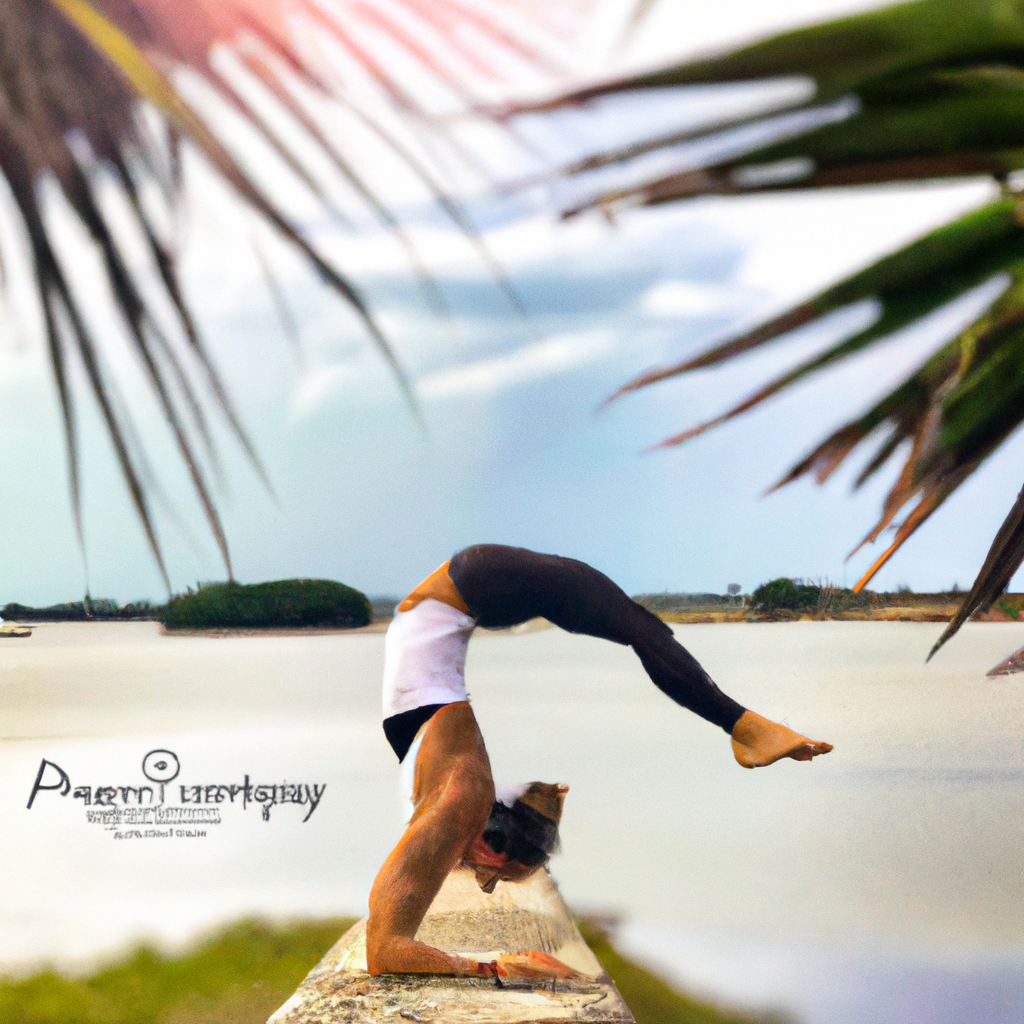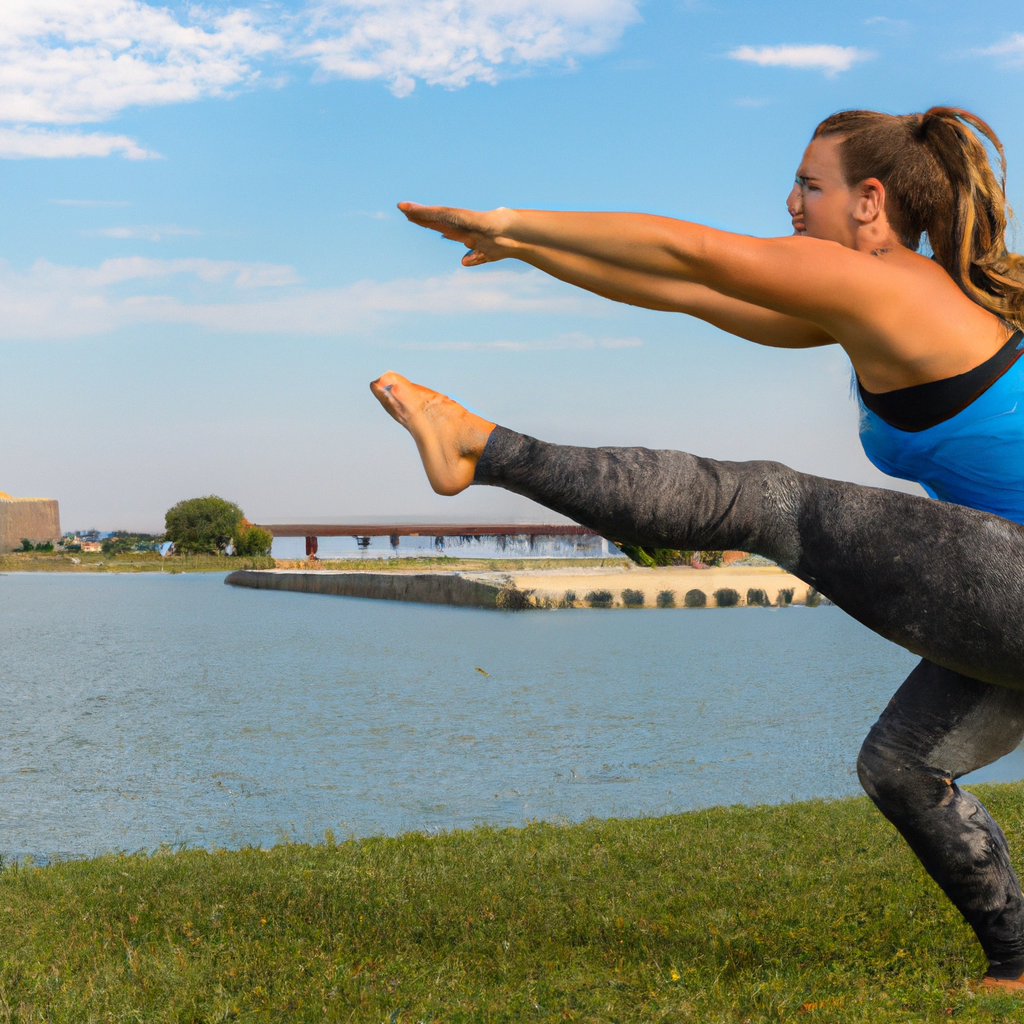Are you tired of feeling unsteady on your feet? If you want to improve your balance and stability, focusing on building core strength is the key. A strong core not only helps with maintaining good posture, but it also plays a crucial role in enhancing your balance. In this article, we will explore effective techniques and exercises that you can incorporate into your fitness routine to build core strength and improve your overall balance. Get ready to feel more grounded and confident in your movements!
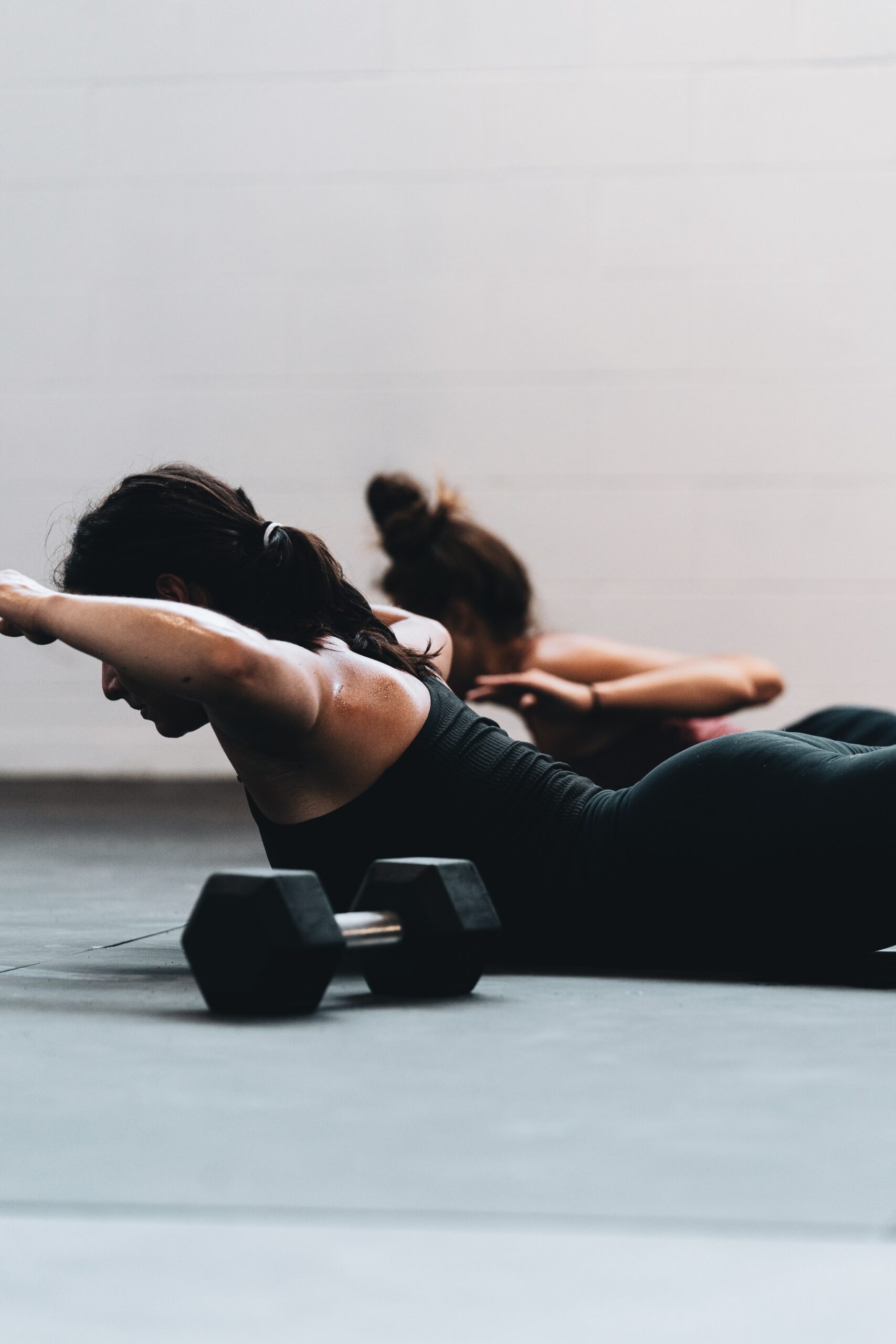
This image is property of images.unsplash.com.
Understanding the Importance of Core Strength for Balance
Defining core strength
Core strength refers to the ability of the muscles in your torso, including the abdomen, back, and pelvis, to work together efficiently. These muscles provide stability and support to your spine and pelvis, allowing you to maintain proper posture and balance. Developing core strength is crucial for overall fitness and plays a significant role in various activities, such as daily movements, sports performance, and preventing injuries.
Role of core strength in maintaining balance
Core strength is closely linked to balance since the core muscles are the foundation for stability and control. When your core is weak, it becomes challenging to maintain a stable position, leading to increased risk of falls and injuries. A strong core enhances your ability to maintain an upright posture, move with coordination, and react quickly to changes in your environment.
How poor core strength affects balance and posture
Weak core muscles can adversely affect your balance and posture. When your core is weak, other muscles compensate for its lack of strength, leading to muscular imbalances. These imbalances can alter your posture, causing misalignment of the spine and putting excessive strain on certain muscles and joints. Additionally, poor core strength can lead to instability, making it difficult to perform daily tasks that require balance, such as standing on one leg or bending over without losing equilibrium.
Anatomy of the Core Muscles
Major muscle groups in the core
The core muscles consist of various muscle groups, including the rectus abdominis, transverse abdominis, obliques (internal and external), erector spinae, multifidus, and hip flexors. These muscles work together to provide stability and support to the spine, pelvis, and torso.
Understanding how these muscle groups work together
The core muscles work synergistically to maintain posture, stability, and balance. The rectus abdominis helps with flexing the spine, the transverse abdominis provides stability by compressing the abdomen, and the obliques assist with rotation and lateral flexion. The erector spinae and multifidus muscles help maintain an upright posture, while the hip flexors enable movement of the lower body. All these muscles work together, coordinating their efforts to ensure optimal core strength and stability.
Role of each muscle group in maintaining balance
Each muscle group within the core plays a specific role in maintaining balance. The transverse abdominis acts as a deep stabilizer, providing a solid foundation for movement and preventing excessive movement of the pelvis and spine. The obliques contribute to rotational stability, allowing you to twist and turn while maintaining balance. The erector spinae and multifidus muscles help control the position of the spine, while the hip flexors stabilize the pelvis during movements. A well-developed and balanced core ensures that all these muscle groups work in harmony, supporting your balance and overall stability.
Common Myths and Misconceptions about Core Training
Belief that crunches are the best core exercise
It is a common misconception that crunches are the most effective exercise for core strength. While crunches primarily target the rectus abdominis muscle, they neglect other essential core muscles, leading to muscular imbalances and limited progress. Core training should focus on a variety of exercises that target all major muscle groups, ensuring overall core strength and stability.
Myth of quick results in core training
Many people believe that core training can give them quick results, such as a six-pack or improved balance, within a short period. However, building core strength is a gradual process that requires consistent effort and dedication. It is important to set realistic expectations and understand that sustainable results take time and consistent training.
Mistake of ignoring the rest of the body in core workouts
Some individuals solely focus on core training while neglecting other muscle groups in their workouts. This approach can lead to muscular imbalances and limited overall strength. It is essential to incorporate full-body exercises, including strength training and cardiovascular workouts, into your routine to ensure a well-rounded fitness program and enhance the effectiveness of your core training.
Assessing Your Current Core Strength and Balance
Importance of gauging your strength
Assessing your current core strength and balance is crucial in determining your starting point and tracking progress. By understanding where you currently stand, you can set realistic goals and tailor your workouts to address your specific needs. Regular assessments also help you identify weaknesses and areas that require improvement.
Effective methods of testing your core strength
There are several effective methods to test your core strength. One common method is the plank test, where you hold a plank position for as long as possible while maintaining proper form. Another test is the supine bridge, which assesses the strength of your glutes, hamstrings, and core muscles. Additionally, exercises such as the side plank and Russian twists can provide valuable insights into your core strength and stability.
Simple ways to measure your current balance
Balance can be assessed using various simple tests that evaluate your ability to maintain equilibrium. These tests include standing on one leg with your eyes closed, performing heel-to-toe walks, or attempting single-leg squats. Measuring your balance regularly allows you to identify any deficiencies and incorporate specific exercises into your routine to improve your stability.
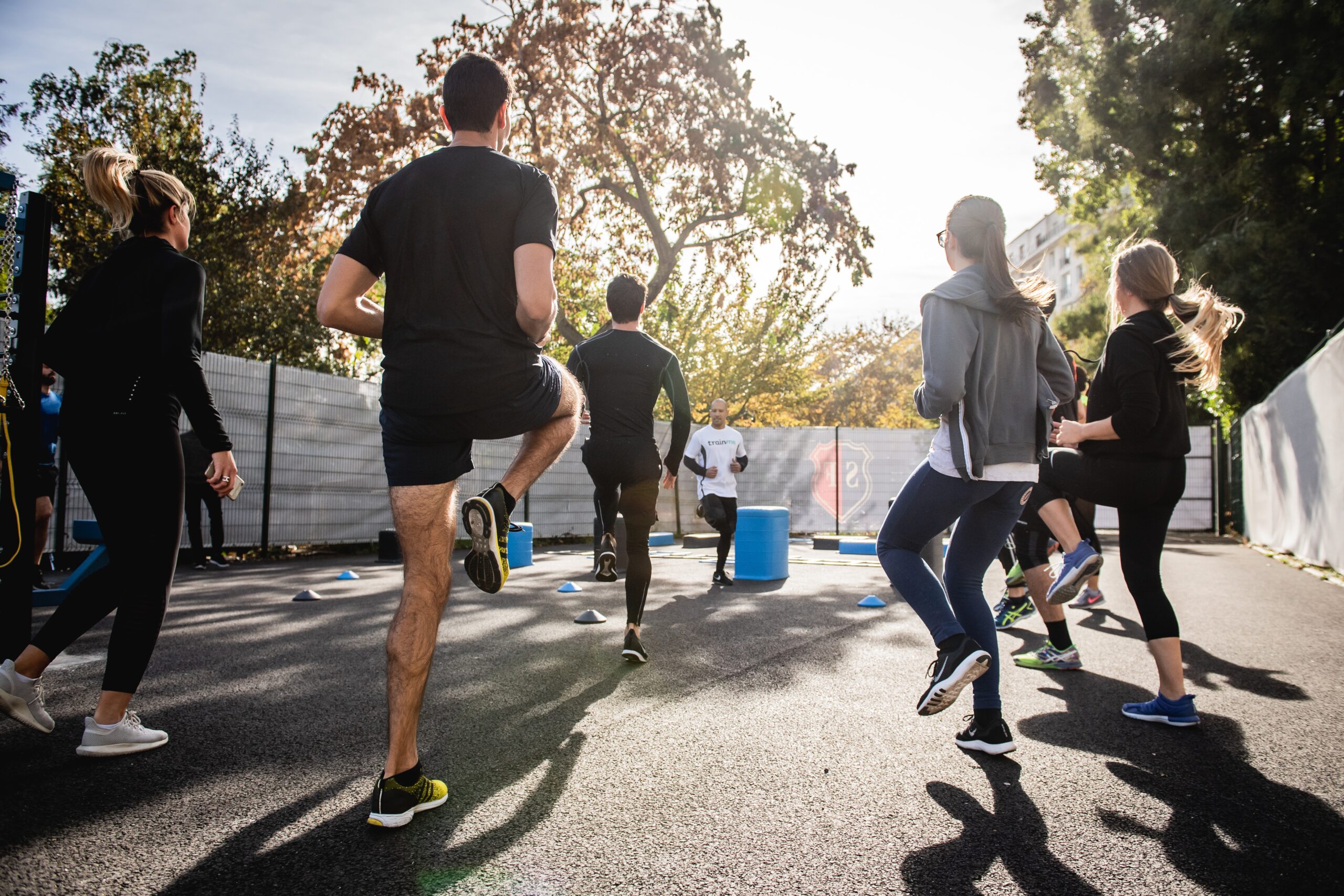
This image is property of images.unsplash.com.
Creating a Core-Strengthening Workout Routine
Factors to consider when creating a workout routine
When creating a core-strengthening workout routine, there are several factors to consider. Firstly, determine your fitness goals, whether it is improving balance, enhancing overall strength, or targeting specific areas of your core. Secondly, consider your current fitness level and tailor exercises accordingly. Lastly, ensure that your routine includes a variety of exercises that target all major muscle groups within the core.
Identifying your fitness goals
Identifying your fitness goals is essential for creating an effective core-strengthening routine. If your primary goal is improving balance, focus on stability exercises such as planks and single-leg movements. To enhance overall strength, include exercises that target all core muscle groups, such as bridges and standing rotational exercises. Assessing your goals allows you to customize your routine to meet your specific needs.
Suitable frequency, intensity, and timing for core workouts
The frequency, intensity, and timing of your core workouts depend on your individual needs and preferences. Aim to incorporate core exercises into your routine at least two to three times per week. Start with moderate intensity and gradually increase the difficulty as your strength improves. Allow adequate rest between workouts to allow your muscles to recover and adapt to the training stimulus.
Variety of Exercises to Build Core Strength
Different types of core-strengthening exercises
There is a wide range of exercises that can help build core strength. These include isometric exercises such as planks and static holds, dynamic exercises like Russian twists and bicycle crunches, and functional movements such as deadlifts and squats. It is important to incorporate a variety of exercises to target all core muscle groups and ensure balanced development.
Exploring beginner-friendly core exercises
If you are new to core training or have limited core strength, it is essential to start with beginner-friendly exercises. Exercises such as modified planks, seated knee tucks, and bird dogs can help activate and strengthen your core without placing excessive strain on your muscles and joints. Gradually progress to more challenging exercises as your strength improves.
Advanced exercises for seasoned fitness enthusiasts
For seasoned fitness enthusiasts looking to further challenge their core strength, advanced exercises can provide the necessary stimulus. Incorporate exercises like stability ball rollouts, hanging leg raises, and Turkish get-ups into your routine. These exercises require a higher level of core stability and strength, promoting continued progress and improved overall fitness.
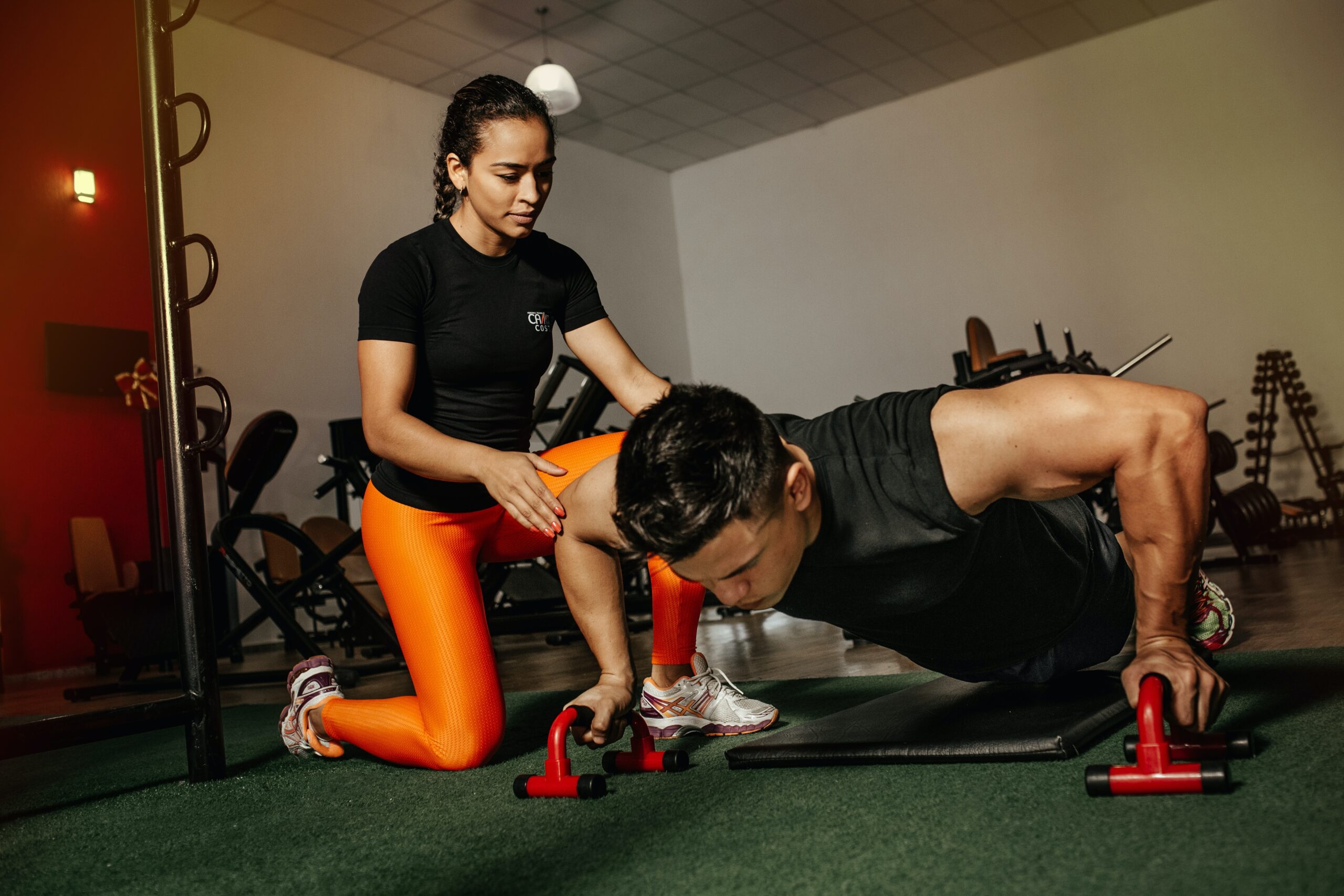
This image is property of images.unsplash.com.
Safety Measures and Proper Form in Core Exercises
Importance of maintaining accurate form
Maintaining accurate form is crucial in core exercises to ensure safety and effectiveness. Proper form helps target the intended muscles and reduces the risk of injury. It is essential to engage the core muscles, avoid excessive arching or rounding of the spine, and ensure proper alignment and stability throughout each exercise.
Common mistakes in doing core workouts
There are common mistakes that individuals make when performing core workouts. These include relying on momentum rather than engaging the core muscles, using improper breathing techniques, and neglecting proper warm-up and cool-down routines. Additionally, overtraining or improper progression of exercises can lead to overuse injuries. Being mindful of these mistakes and seeking guidance from a qualified trainer can help prevent injury and maximize the benefits of core training.
Techniques to avoid injuries during workouts
To avoid injuries during core workouts, it is important to warm up adequately before starting exercise and cool down afterward. Incorporate dynamic stretches and mobility exercises to prepare your muscles for the workout and reduce the risk of strains and sprains. Additionally, listen to your body and avoid pushing through pain or discomfort. Gradually progress the intensity and difficulty of exercises to allow your muscles to adapt and minimize the risk of overuse injuries.
Nutrition for Developing Core Strength
Role of nutrition in muscle building
Nutrition plays a significant role in developing core strength and overall muscle building. A balanced diet that includes an adequate amount of protein, carbohydrates, and healthy fats provides the necessary nutrients for muscle repair and growth. Protein, in particular, is essential for muscle recovery and should be consumed in sufficient quantities to support the development of a strong core.
Best foods to eat for core development
Incorporating nutrient-rich foods into your diet can support core development. Foods such as lean meats, fish, eggs, dairy products, legumes, and nuts provide high-quality protein that aids in muscle repair and growth. Additionally, fruits, vegetables, whole grains, and healthy fats like avocados and olive oil provide essential vitamins, minerals, and antioxidants that support overall muscle health and function.
Impact of hydration on muscle health
Proper hydration is crucial for optimal muscle health, including core muscles. Water plays a vital role in maintaining cellular function, transporting nutrients to muscles, and removing waste products. It is important to drink an adequate amount of water throughout the day, especially during workouts, to ensure proper hydration and support muscle development. Avoiding excessive consumption of sugary drinks and alcohol is also beneficial for overall hydration and muscle health.
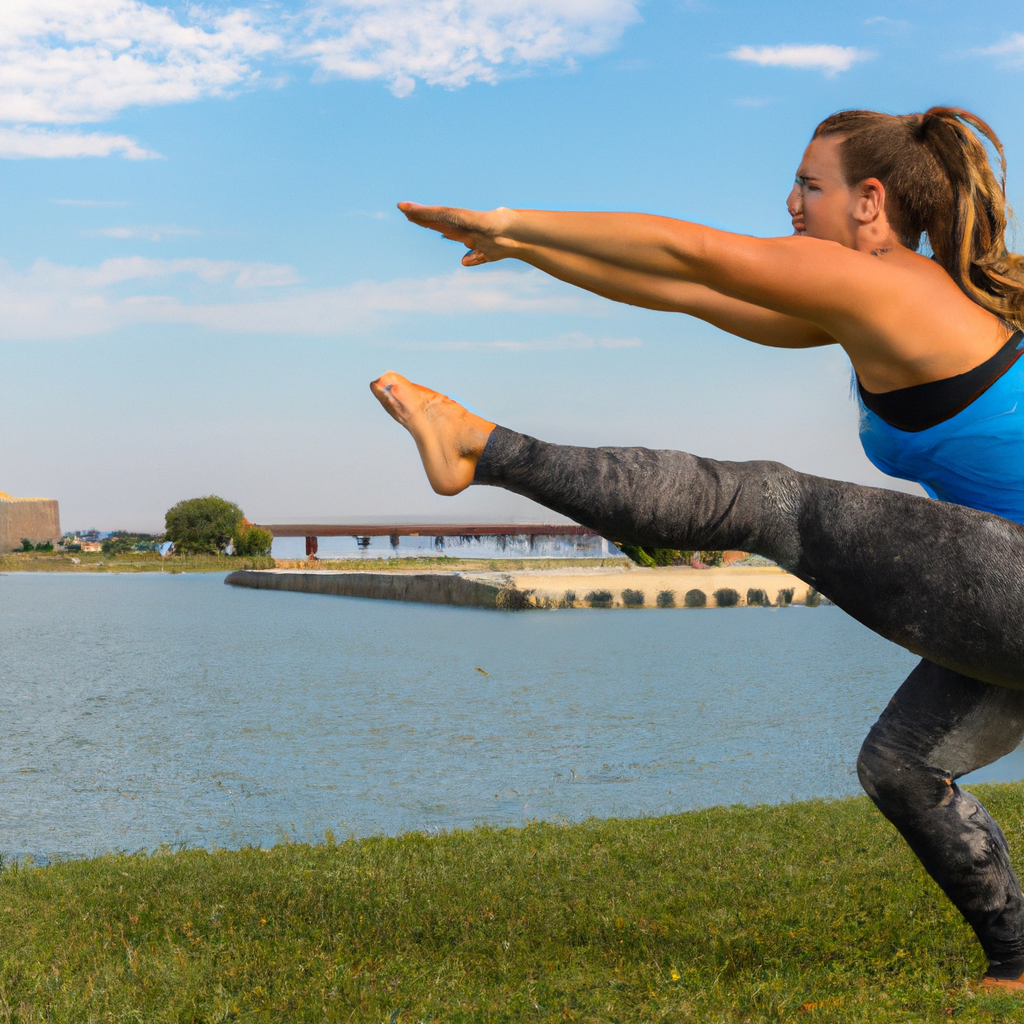
Continuous Assessment and Progress Track
Methods to track progress
Tracking your progress is essential to monitor your core strength development. Keep a record of the exercises you perform, the duration or the number of repetitions, and any additional weights used. Measure your performance periodically, such as increasing plank duration or increasing resistance in certain exercises. Progress pictures and body measurements can also provide visual evidence of improvements in muscle tone and overall physique.
Adjustments to make if goals are not met
If your core strength goals are not being met or progress has plateaued, it is important to reassess your routine and make necessary adjustments. Consider modifying your exercise selection, increasing the intensity or volume of your workouts, or seeking expert advice to identify any weaknesses or areas for improvement. It is important to stay adaptable and modify your approach as needed to continue progressing towards your goals.
Celebrating milestones in your core strength journey
Each milestone achieved in your core strength journey should be celebrated. Whether it is holding a plank for an additional 10 seconds or successfully completing a more advanced exercise, recognizing and rewarding your achievements is important for motivation and maintaining a positive mindset. Share your successes with friends and loved ones, and appreciate the hard work you have put into improving your core strength and overall balance.
Mindful Practices to Enhance Balance and Core Strength
Effects of stress on balance and core strength
Stress can have a significant impact on both balance and core strength. Prolonged periods of stress can lead to muscle tension, decreased concentration, and reduced coordination, making it difficult to maintain good balance. Additionally, stress can contribute to poor posture and muscular imbalances, placing additional strain on the core muscles. Addressing stress through mindful practices can help improve balance and enhance core strength.
Mindfulness exercises for stress reduction
Incorporating mindfulness exercises into your daily routine can help reduce stress and improve balance and core strength. Practices such as yoga, meditation, deep breathing, and body scanning can help alleviate stress, improve body awareness, and enhance focus and concentration. By reducing stress levels, you can create a more conducive environment for building core strength and maintaining better balance.
Link between mental health and physical balance
There is a strong link between mental health and physical balance. When you are mentally stressed or anxious, it can impact your physical balance and overall coordination. Engaging in activities that promote mental well-being, such as practicing mindfulness, seeking social support, and engaging in hobbies or activities you enjoy, can positively influence both your mental health and your physical balance. Taking care of your mental health is just as important as physical training when it comes to optimizing core strength and overall balance.
In conclusion, developing core strength is crucial for maintaining balance, stability, and proper posture. Understanding the anatomy of the core muscles, dispelling common myths about core training, assessing your current core strength and balance, and creating a personalized workout routine are essential steps in building a strong core. By incorporating a variety of exercises, maintaining proper form, and focusing on proper nutrition and hydration, you can enhance your core strength and improve balance. Additionally, implementing mindful practices and addressing mental health can further enhance your overall balance and core strength. Remember to track your progress, make adjustments when necessary, and celebrate your achievements along your core strength journey.
